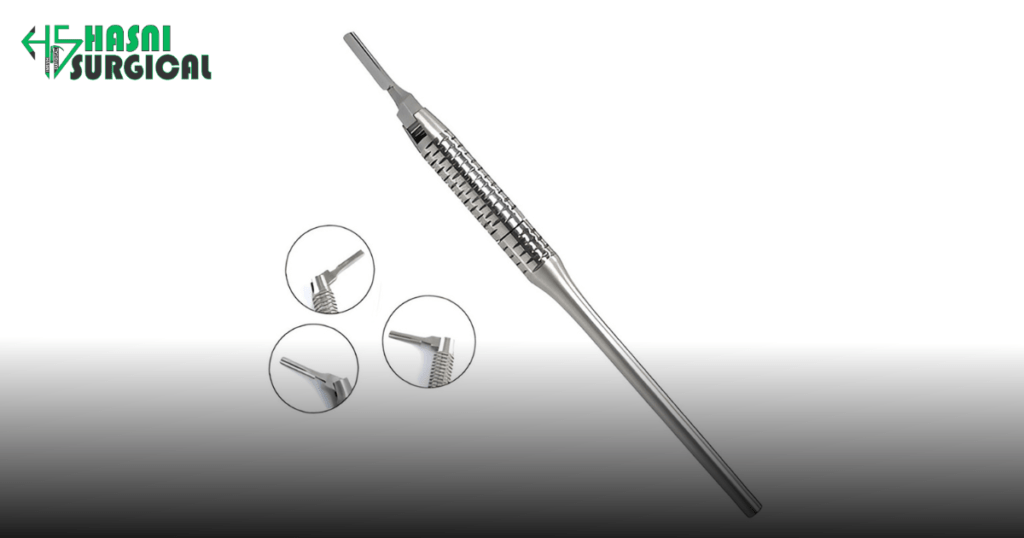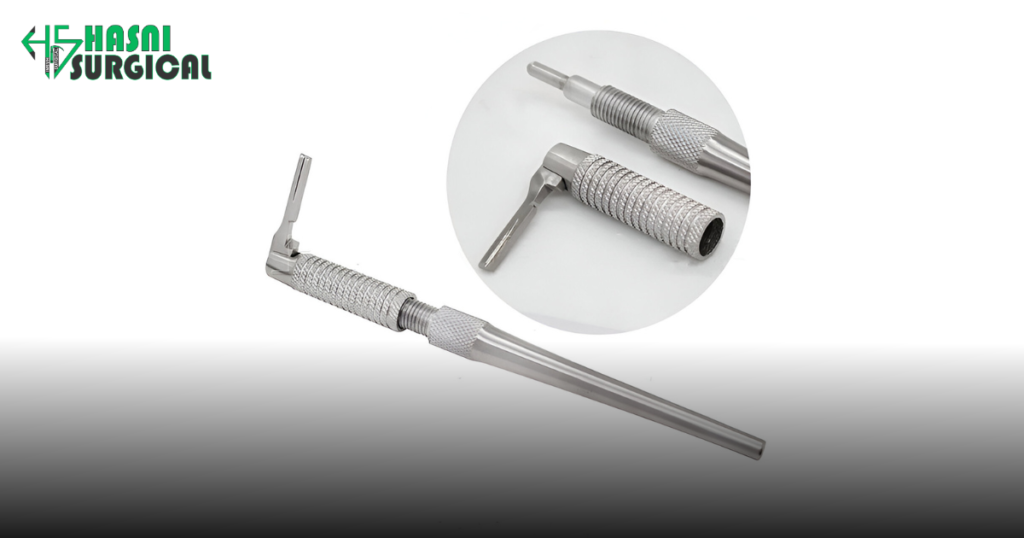Essential Dental Hygiene tech Tools for Healthy Teeth and Gums
June 25, 2024 2025-01-02 10:53Essential Dental Hygiene tech Tools for Healthy Teeth and Gums

Essential Dental Hygiene tech Tools for Healthy Teeth and Gums
Dental Hygiene
Maintaining optimal oral hygiene is essential for both. At the heart of this regimen lie dental tech hygiene tools, the unsung heroes of our daily routines. These instruments are not merely aids; they are the frontline defenders against tooth decay, gum disease, and bad breath. From the humble toothbrush to the precision of interdental tech brushes, each tool plays a vital role in ensuring that our mouths remain healthy sanctuaries, free from the perils of bacterial invasion.
In this blog, we embark on a journey through the realm of dental tech hygiene tools, exploring their significance and efficacy in promoting oral health. We delve into the science behind these tools, unraveling their mechanisms of action and the roles they play in preventing dental tech ailments. Join us as we uncover the secrets behind a sparkling smile and discover how these seemingly mundane instruments wield the power to transform oral hygiene into a daily ritual of self-care and well-being.
The toothbrush is essential for oral care, removing surface stains and preventing plaque, bacteria, and food buildup that can cause dental tech issues.
Also read: Pediatric Dentistry: Gentle Tools for Young Patients
Evolution of the Toothbrush with Complete Explanation
The history of the toothbrush stretches back thousands of years, evolving from rudimentary tools crafted from twigs or animal hair to the modern marvels we use today. Ancient Egyptians, Greeks, and Romans made tooth-cleaning tools from hog bristles, feathers, and chew sticks. These early toothbrushes laid the groundwork for the development of the toothbrushes we rely on today.
Design and Functionality
Modern toothbrushes are designed with precision and functionality in mind. They typically consist of a handle and a head with bristles arranged in a pattern optimized for effective cleaning. The handle offers a comfortable grip, and the bristles reach all teeth and gum surfaces.
Types of Toothbrushes
To cater to diverse dental tech needs and preferences, toothbrushes come in a variety of types and designs. Traditional manual toothbrushes remain popular for their simplicity and affordability, offering a wide array of bristle firmness options to suit individual preferences. Electric toothbrushes have surged in popularity for their efficiency in plaque removal and built-in features like timers and pressure sensors for thorough, gentle cleaning.
Choosing the Right Toothbrush
Selecting the right toothbrush is paramount to maintaining optimal oral hygiene. Dentists typically recommend using a soft-bristled brush to minimize the risk of enamel erosion and gum irritation. The brush head should fit comfortably in the mouth, allowing easy access to all tooth surfaces.
Brushing Technique
Dentists recommend brushing twice daily for two minutes, using gentle circular motions. It’s important to clean all tooth surfaces, including fronts, backs, chewing surfaces, and the gumline.
Replacements and maintenance
Regularly replacing toothbrushes is essential for maintaining optimal oral hygiene. Dentists recommend replacing manual toothbrushes every three to four months or sooner if the bristles become frayed or worn. Electric toothbrush heads should be replaced according to the manufacturer’s recommendations to ensure optimal performance. After each use, rinse the toothbrush thoroughly and store it upright to air dry, which helps prevent bacterial growth.

Flossing plays a crucial role in oral hygiene by cleaning the tight spaces between teeth and along the gumline that toothbrushes can’t reach. It removes plaque and food particles effectively, complementing brushing for thorough cleaning.
Why Interdental tech Cleaning Matters
The spaces between teeth are hotspots for bacteria and plaque buildup. If left unchecked, this can lead to tartar buildup, gum disease, and tooth decay. Regular flossing prevents these issues by cleaning where brushing alone falls short.
Preventing Gum Disease
Gum disease, marked by gum inflammation and infection, often stems from plaque buildup between teeth and along the gumline. Flossing daily removes plaque, reducing the risk of gum disease and promoting healthier gums.
Preventing Cavities
Flossing removes plaque from between teeth, which is crucial in preventing cavity formation that brushing alone may miss.
Improving Breath Freshness
Flossing helps eliminate trapped food and bacteria, reducing bad breath caused by these factors.

Enhancing Oral Hygiene with Mouthwash
1. Bacteria Control: Mouthwash contains ingredients like chlorhexidine and essential oils that reduce bacteria in the mouth. This helps prevent plaque buildup, gum disease, and bad breath.
2. Cavity Prevention: Fluoride mouthwashes strengthen enamel and protect against cavities by remineralizing teeth and making them more resistant to acids.
3. Managing Gingivitis: Anti-inflammatory mouthwashes help soothe gum inflammation and manage gingivitis when used with brushing and flossing.
4. Fresh Breath: Mouthwash masks bad breath temporarily by neutralizing odor-causing compounds, promoting confidence in social situations.
5. Post-operative Care: Prescribed mouthwashes aid healing and prevent infection after dental tech procedures like extractions or surgeries.
6. Convenience: Readily available over-the-counter, mouthwash offers a portable solution for maintaining oral hygiene, ideal for busy schedules or travel.
Tongue Scraping is Key to Fresh Breath and Enhanced Oral Hygiene
The Importance of Tongue Health: The tongue harbors bacteria and food particles that contribute to bad breath.
Benefits of Tongue Scraping:
- Fresh Breath: Scraping removes bacteria and debris from the tongue, improving breath freshness.
- Enhanced Taste: A cleaner tongue enhances taste perception, allowing flavors to be fully appreciated.
- Reduced Oral Health Risks: By reducing bacteria, tongue scraping lowers the risk of tooth decay, gum disease, and oral infections.

How to Use a Tongue Scraper
Using a tongue scraper is a straightforward process.
- Begin by thoroughly brushing your teeth and flossing to remove surface debris.
- Hold the tongue scraper with both hands, positioning the rounded edge at the back of your tongue.
- Gently glide the scraper forward along the surface of your tongue, applying light pressure to remove buildup.
- Rinse the scraper after each pass to remove accumulated residue.
- Repeat the scraping process several times, covering the entire surface of the tongue.
Interdental tech Brushes
Interdental tech brushes are thin, flexible tools for cleaning between teeth and around dental tech work. They come in different sizes to fit various spaces, effectively removing plaque and food particles that regular brushing and flossing may miss. Ideal for braces and bridges.
Using Interdental tech Brushes
Insert the brush between teeth and move it back and forth to clean. Adjust the brush size as needed. Some come with caps or handles for easy use and storage.
Interdental tech Picks
Interdental tech picks, or soft picks, are pre-shaped tools for cleaning between teeth. They have a soft tip that fits comfortably and are gentle on gums and dental tech work. Available in various sizes for different mouths.
Benefits of Interdental tech Cleaning
- Plaque Removal: Removes plaque and food particles, reducing the risk of cavities and gum disease.
- Fresh Breath: Maintains freshness by removing bacteria from hard-to-reach areas.
- Gum Health: Promotes healthy gums and prevents inflammation and disease.
- Compatible with dental tech Work: Safe to use around braces, implants, and other dental tech work.
They reach areas traditional methods miss, ensuring a healthy smile for years.
Conclusion
Maintaining oral health with dental tech hygiene tools is vital. Incorporate these tools daily to reduce dental tech problems like cavities and bad breath. Regular dental tech visits are crucial for early detection and treatment.
Invest in dental tech hygiene tools and habits for a brighter, healthier life.
